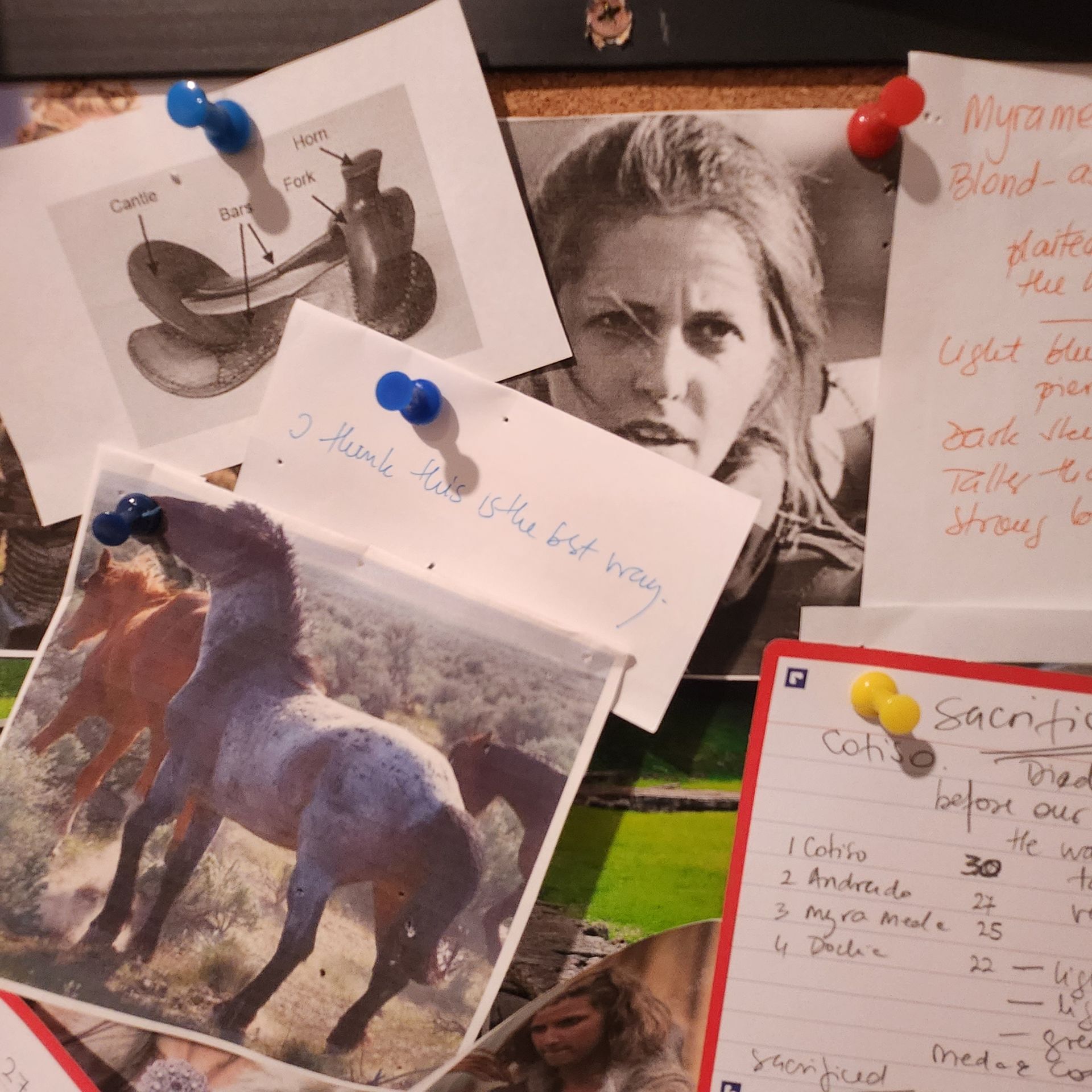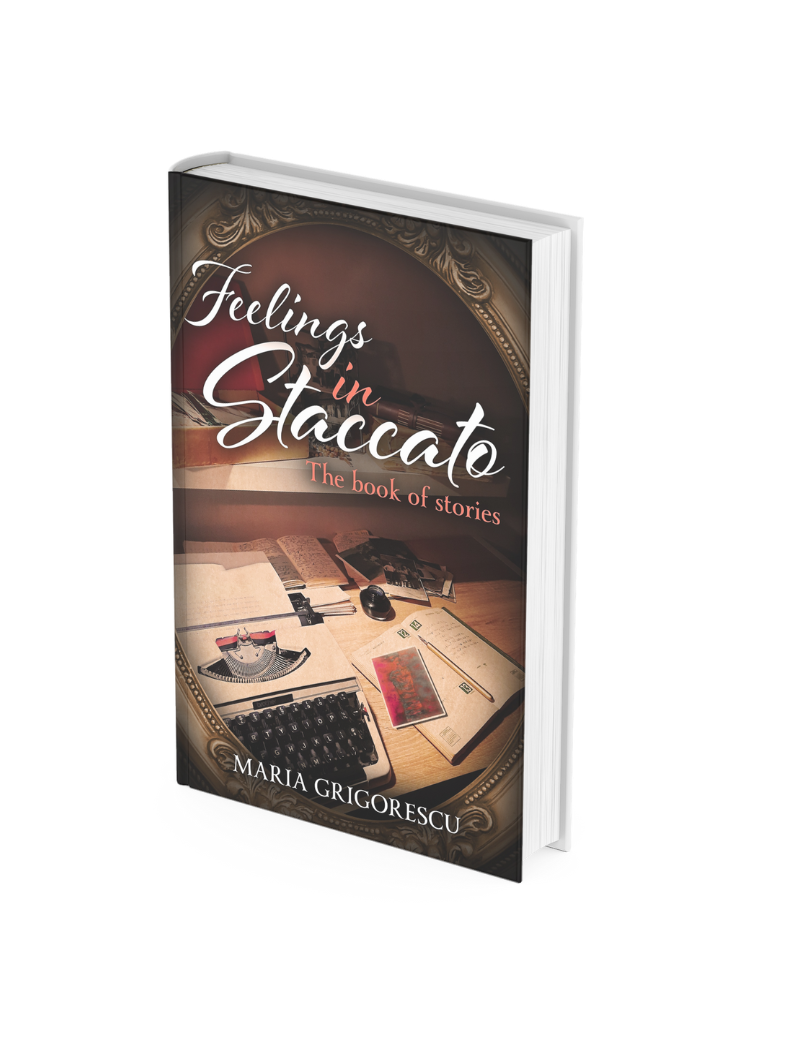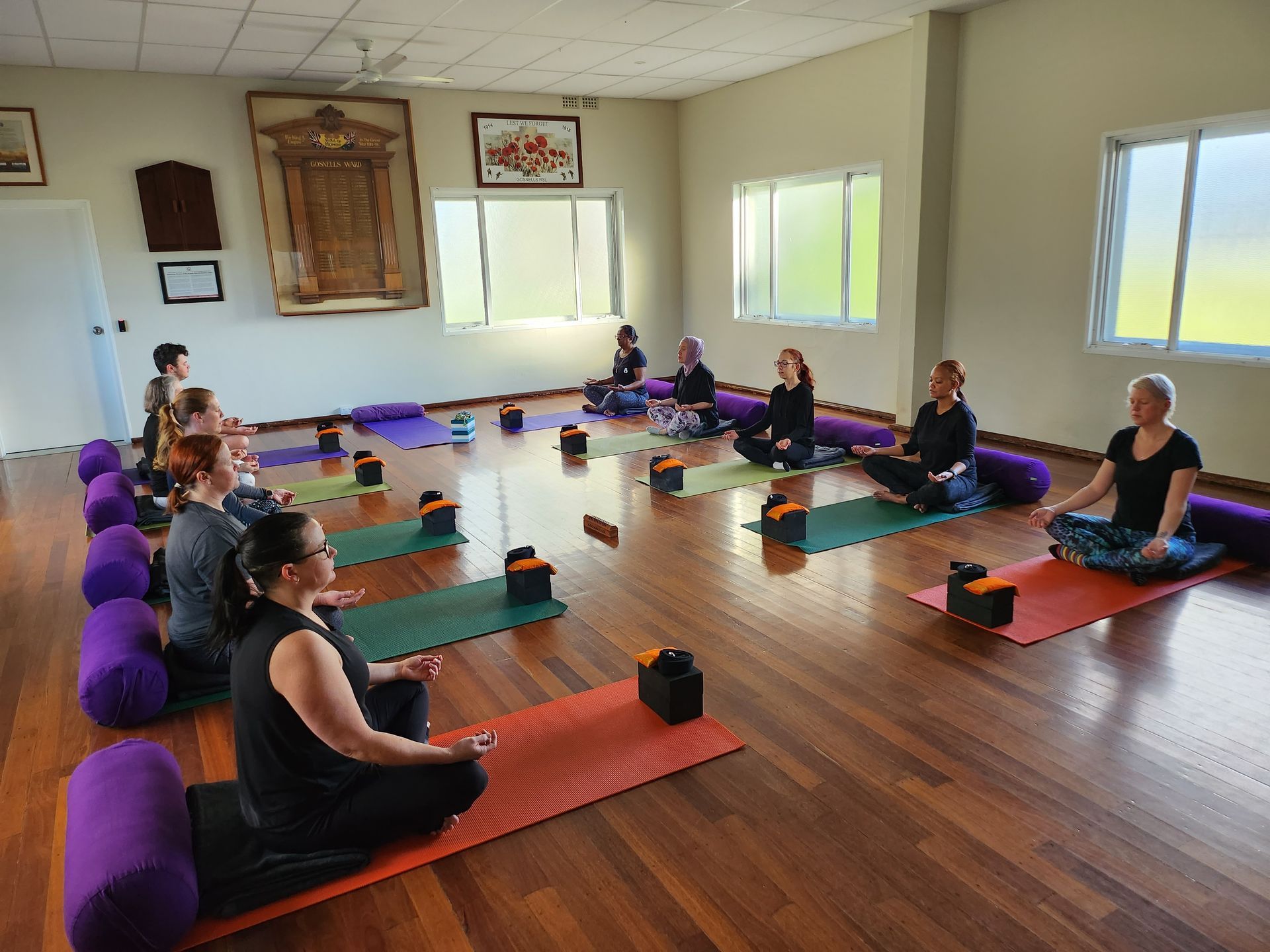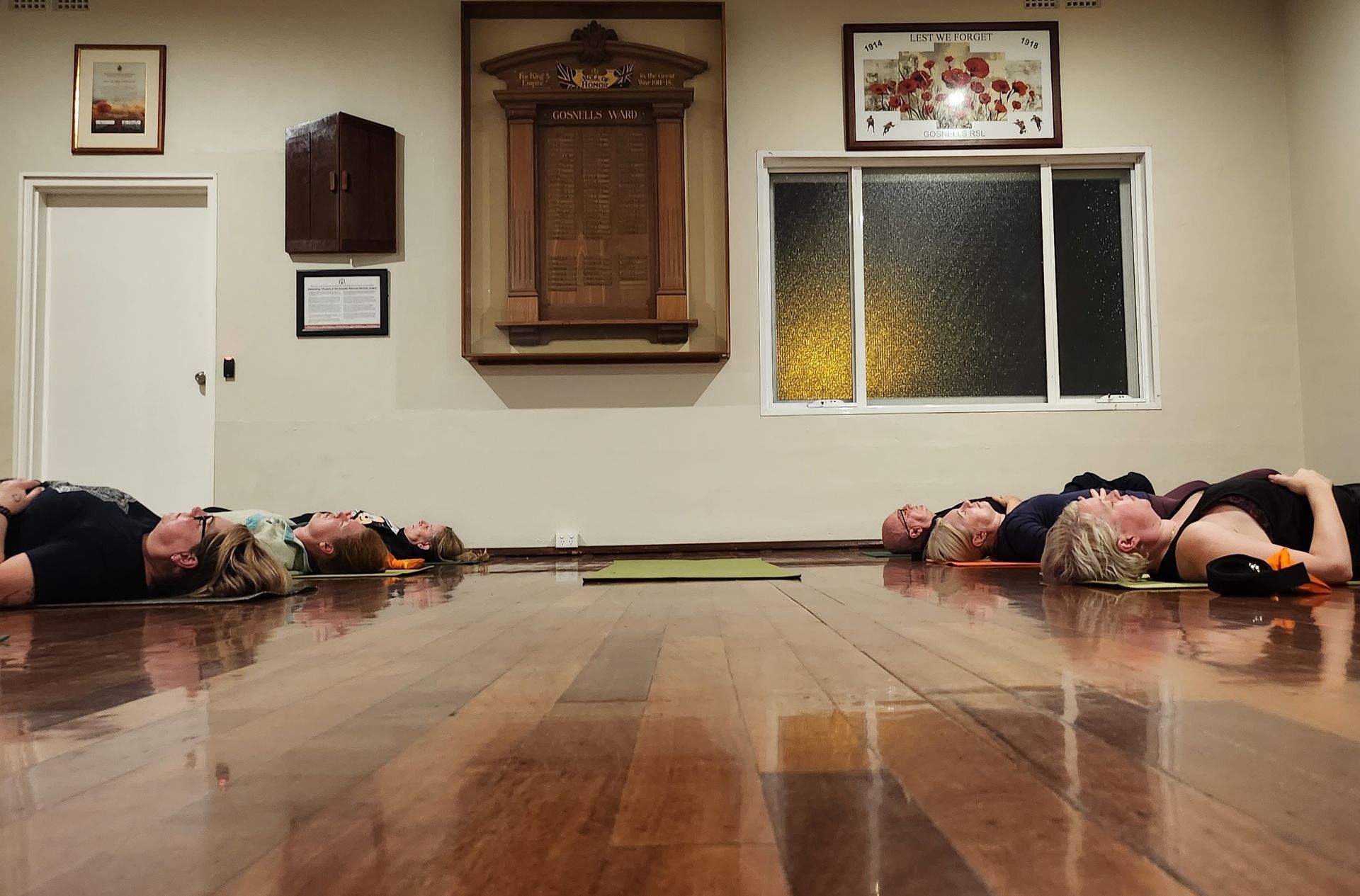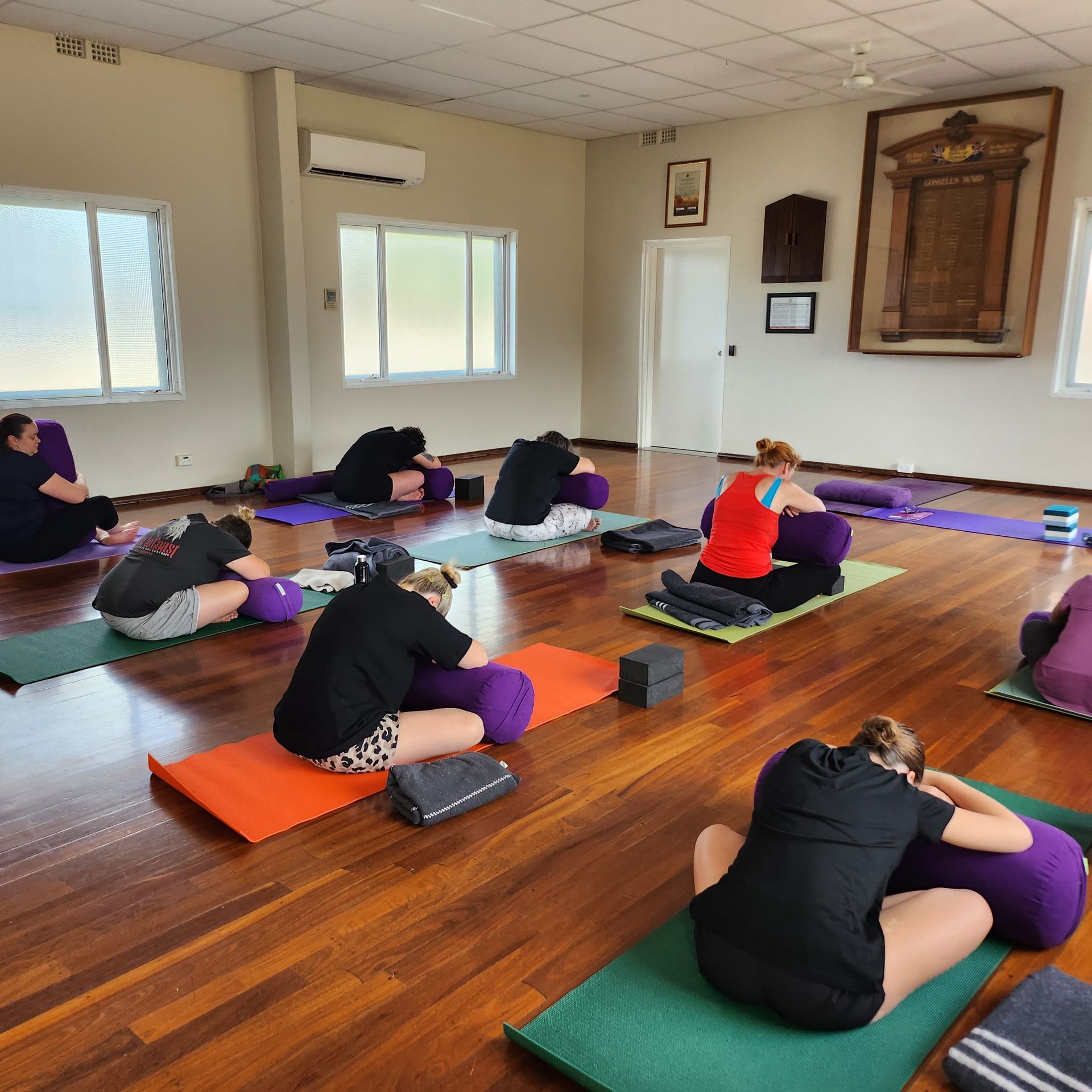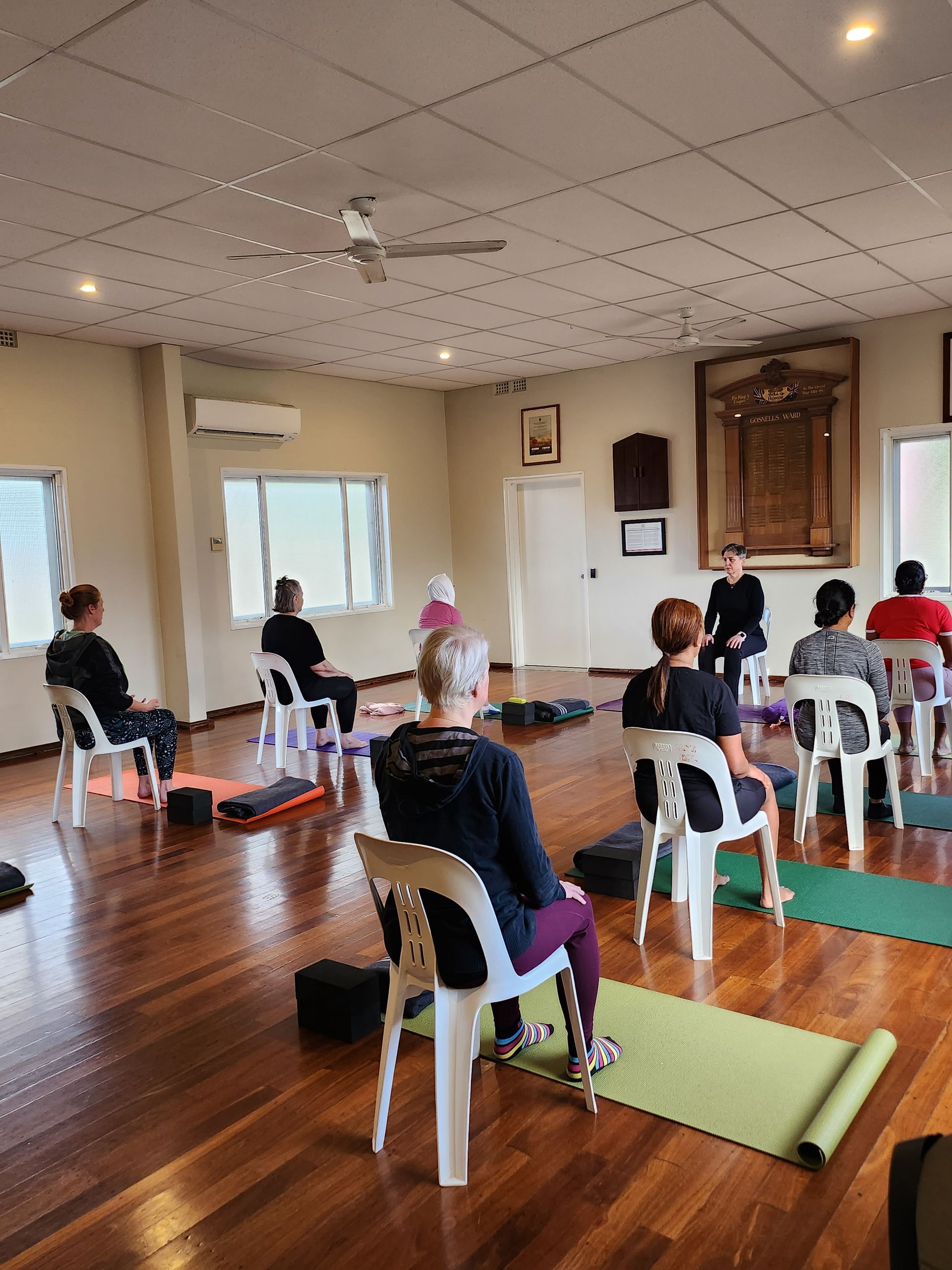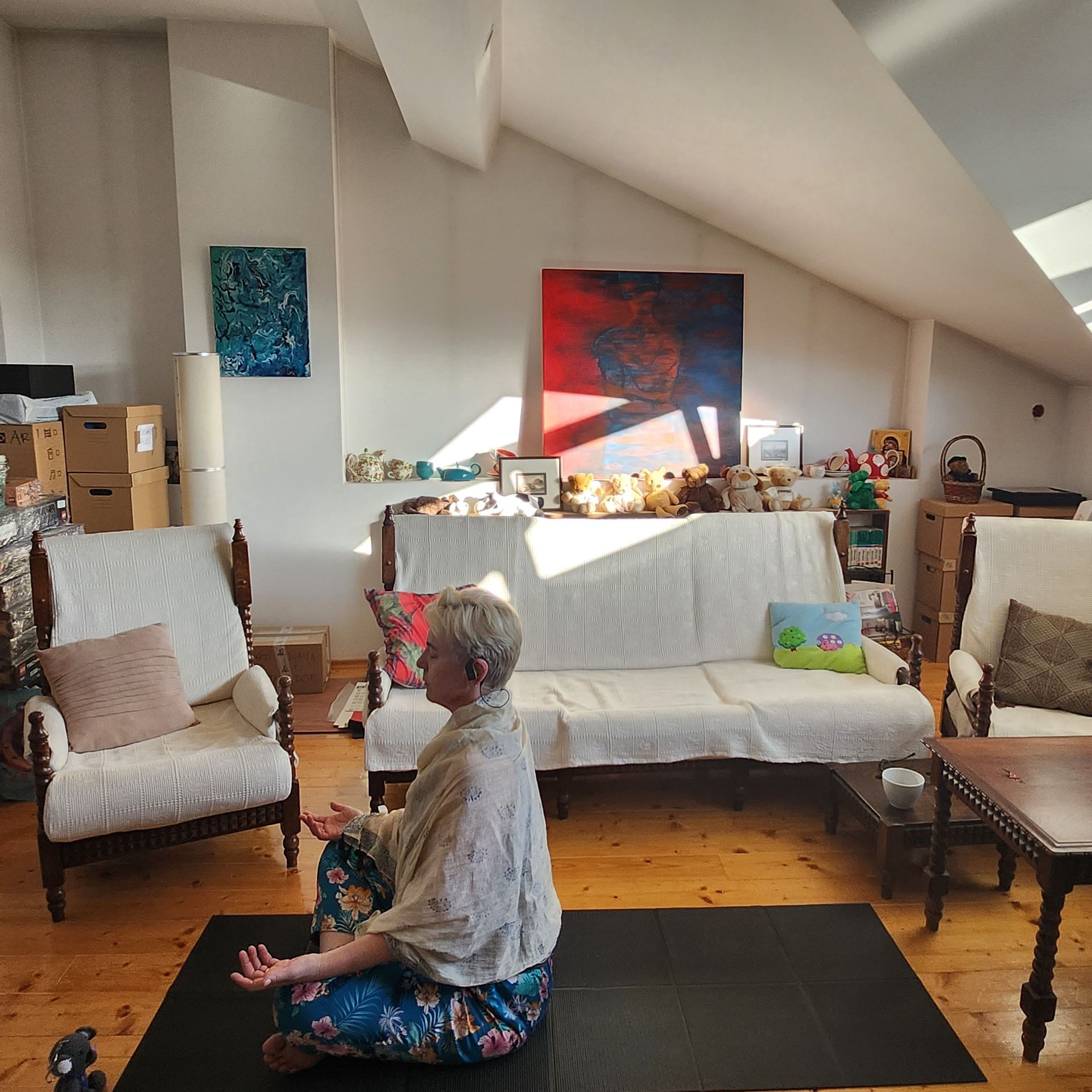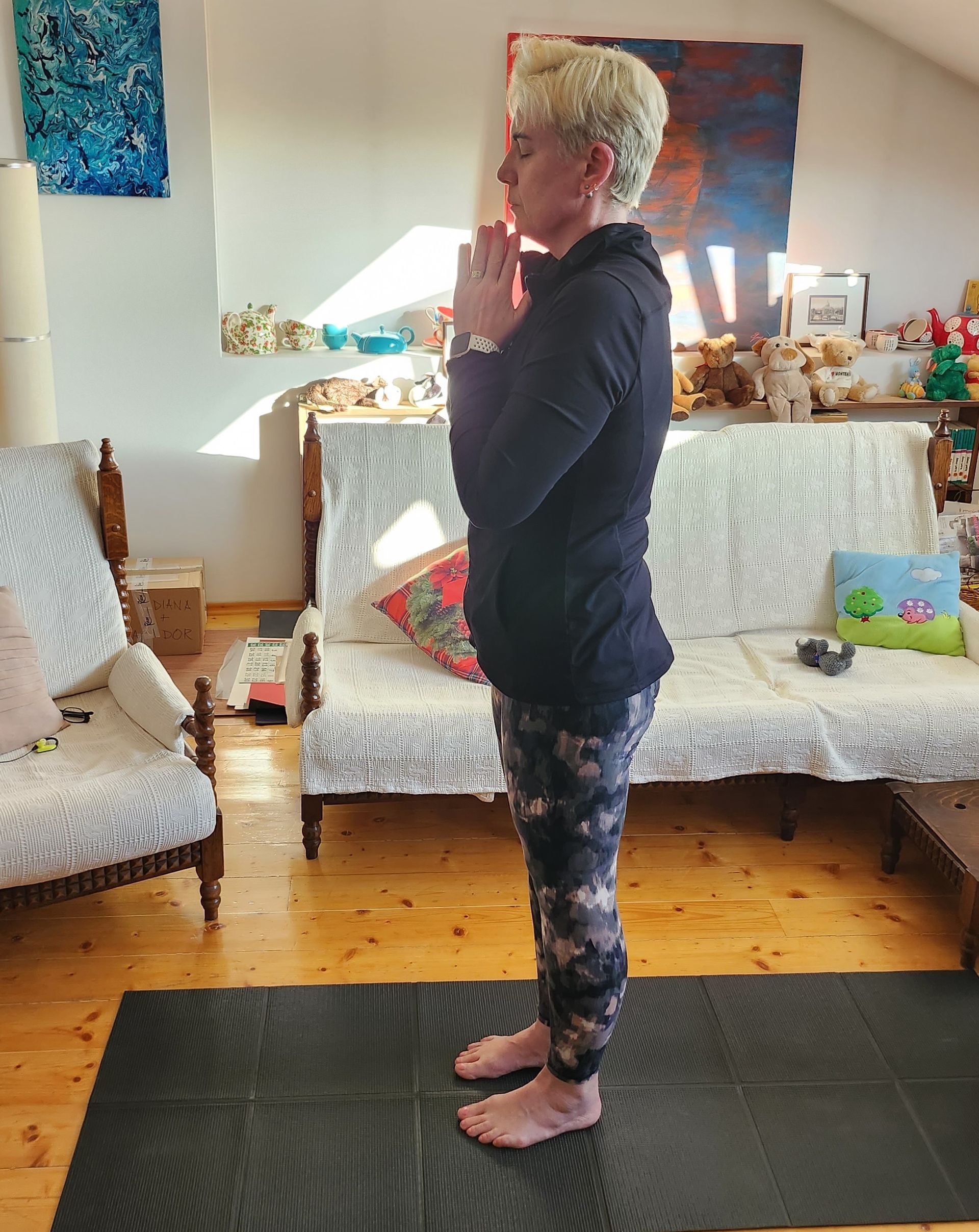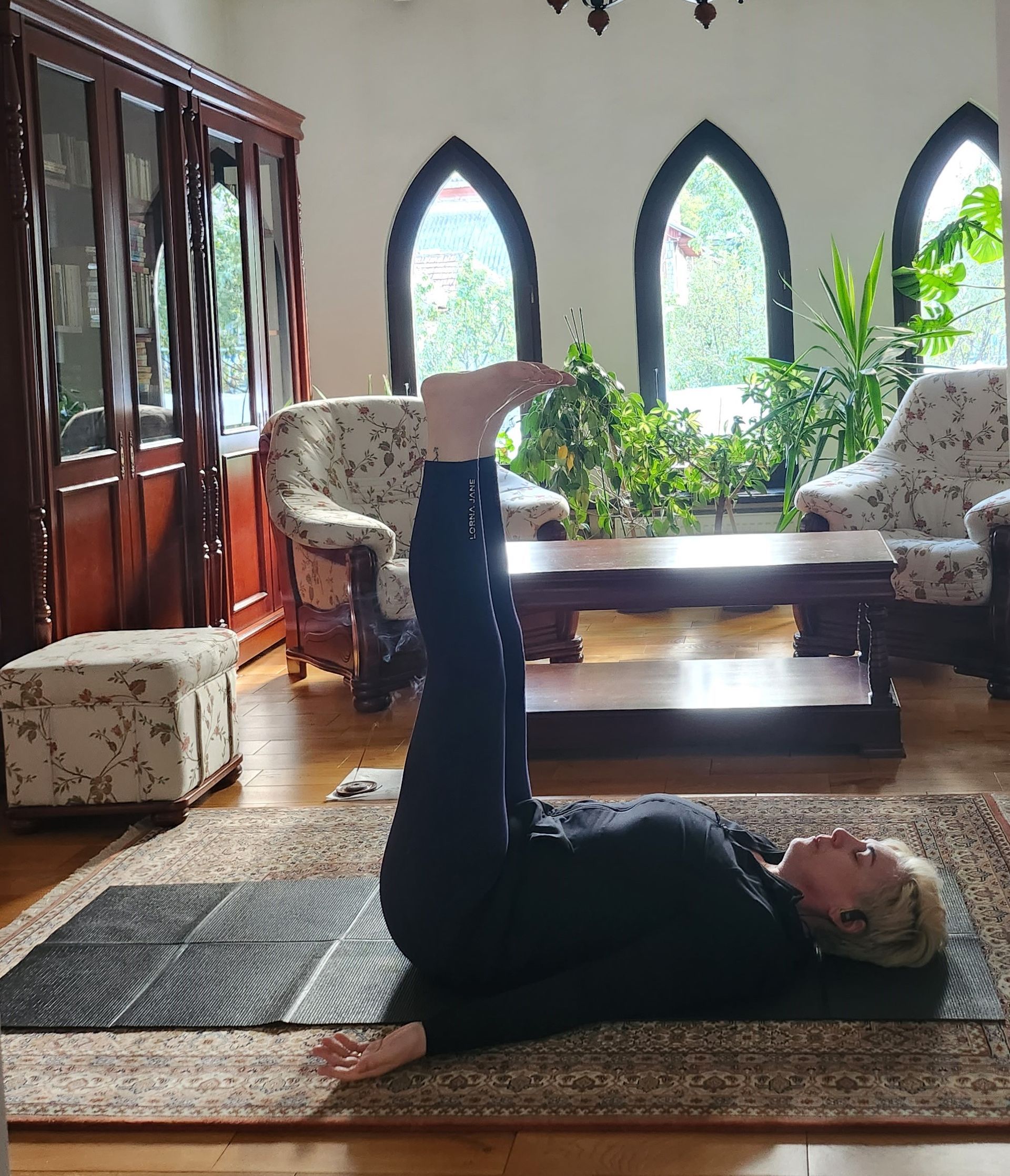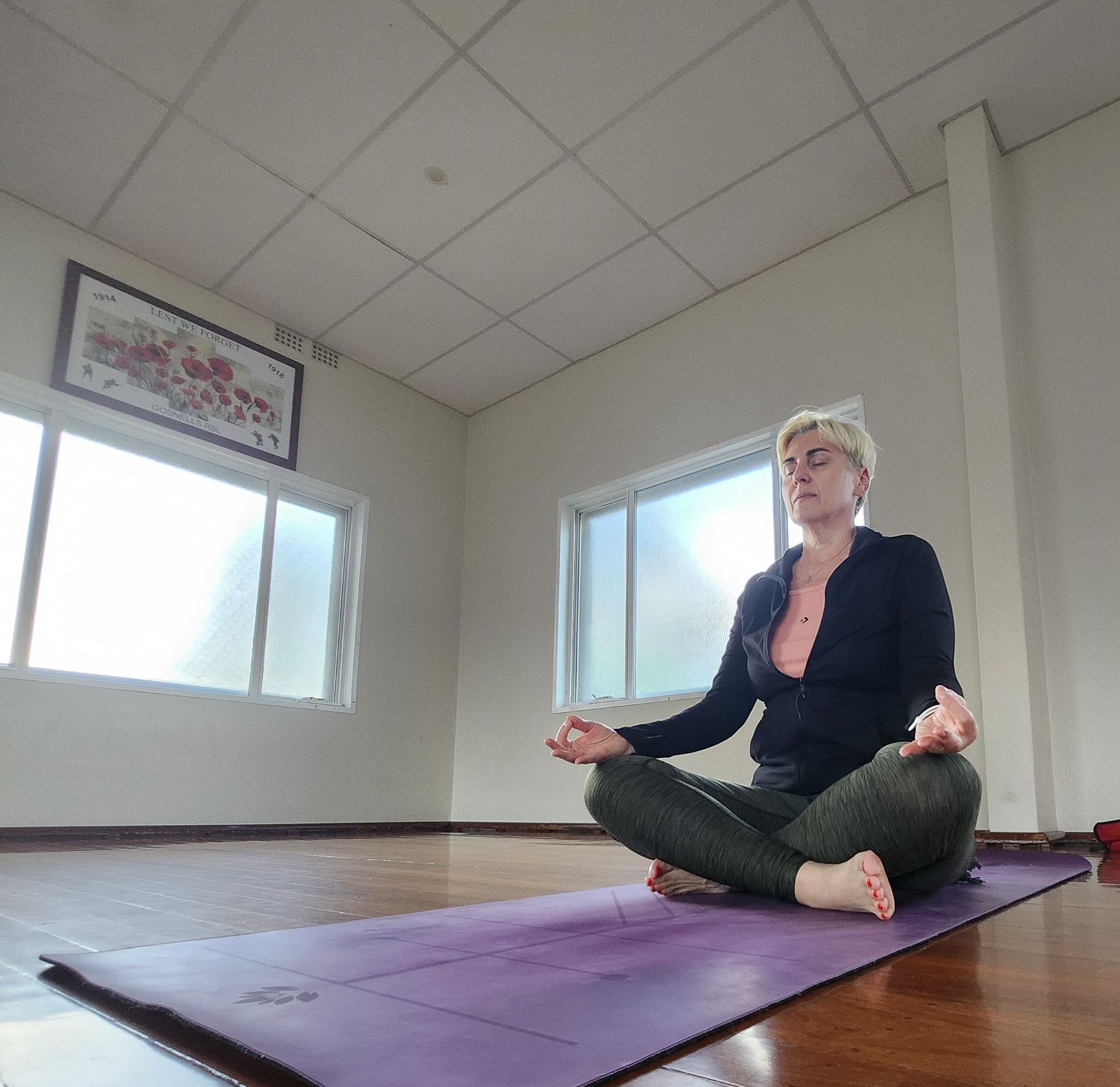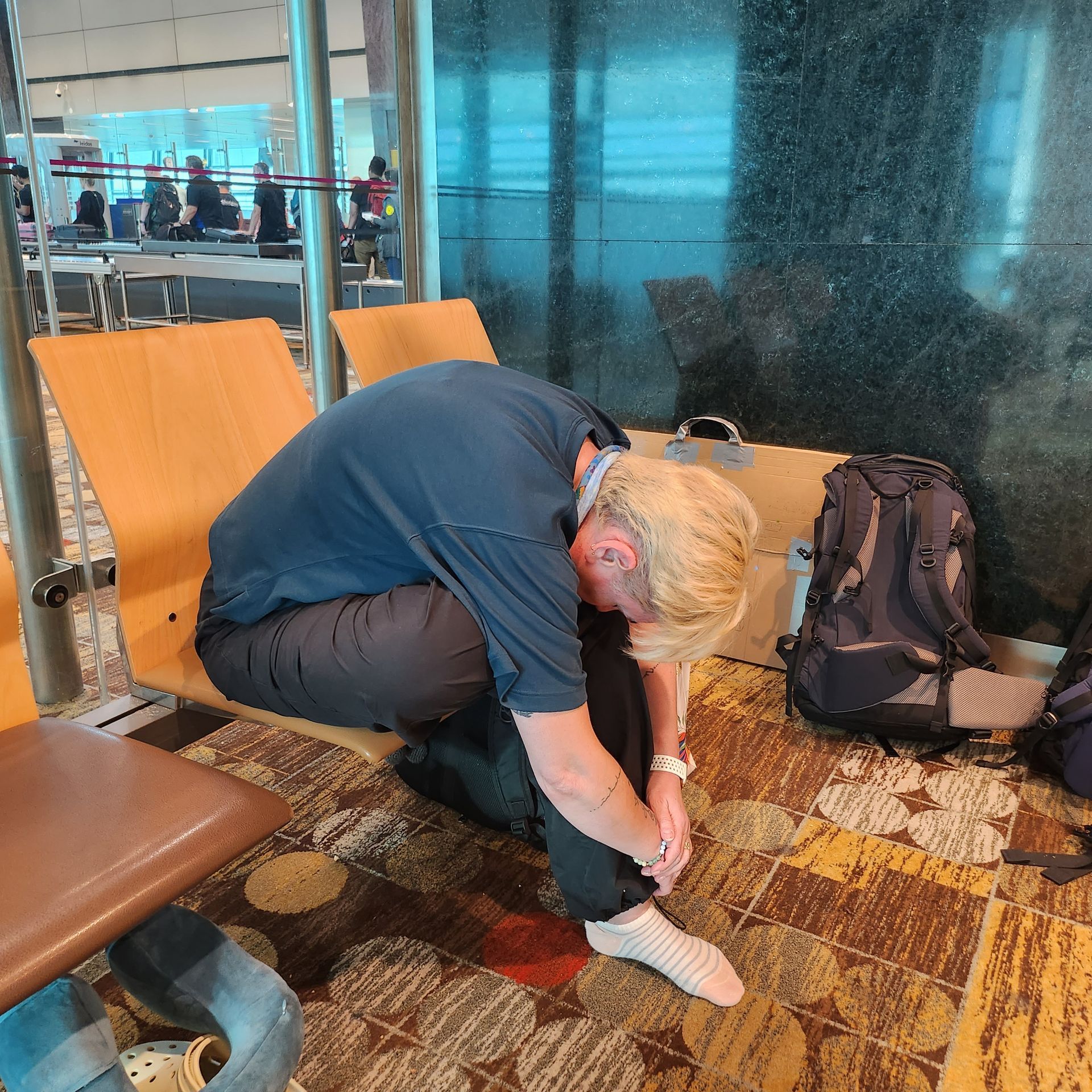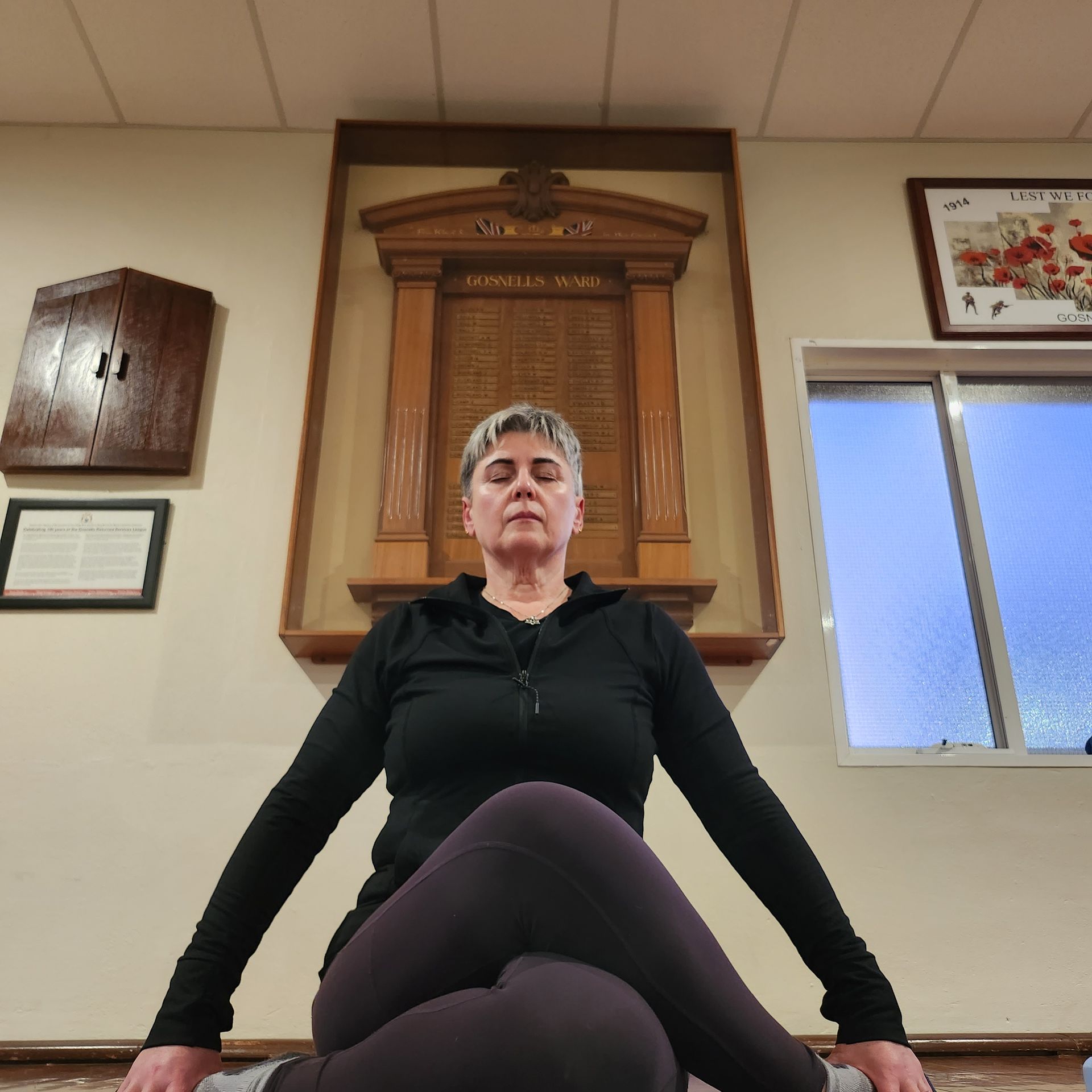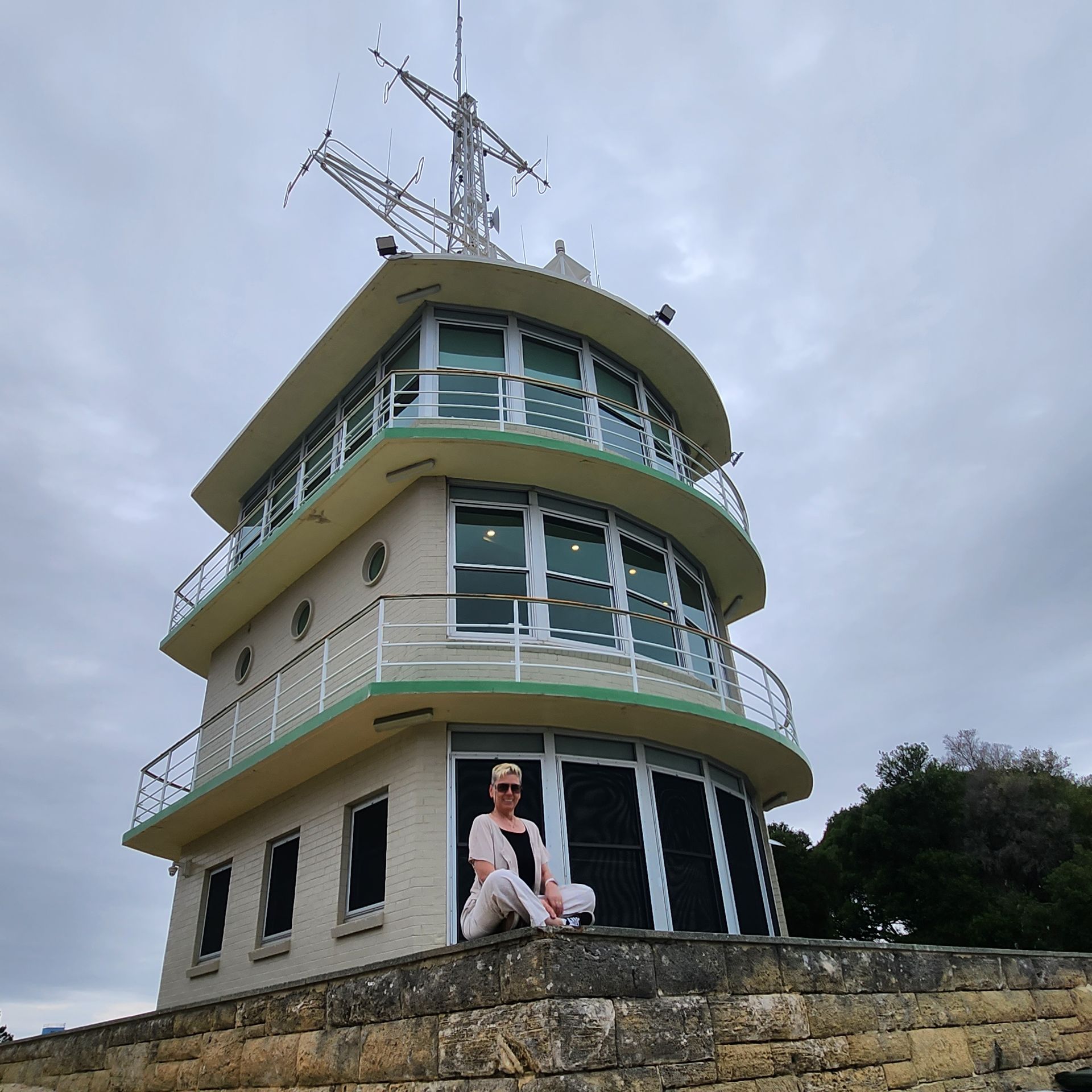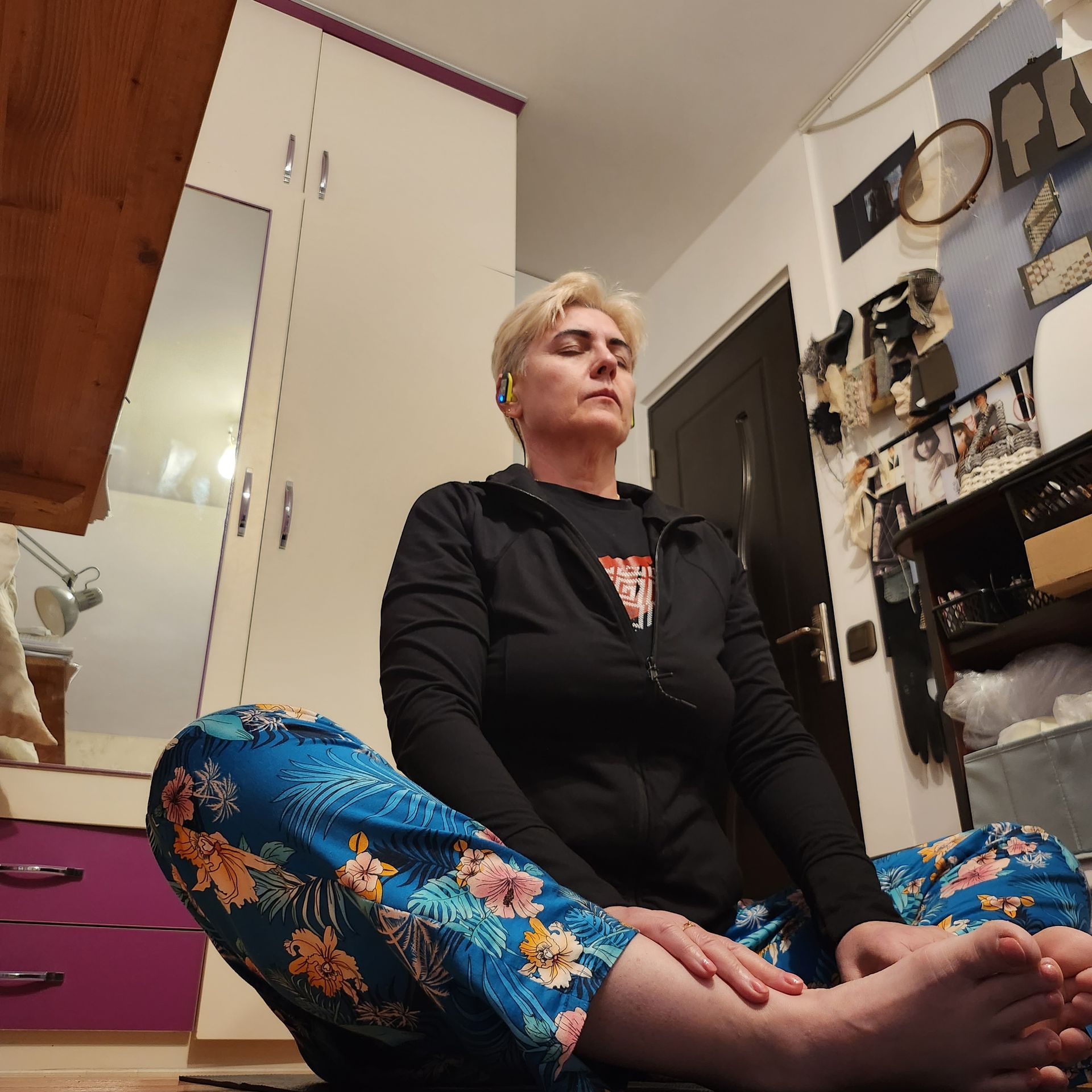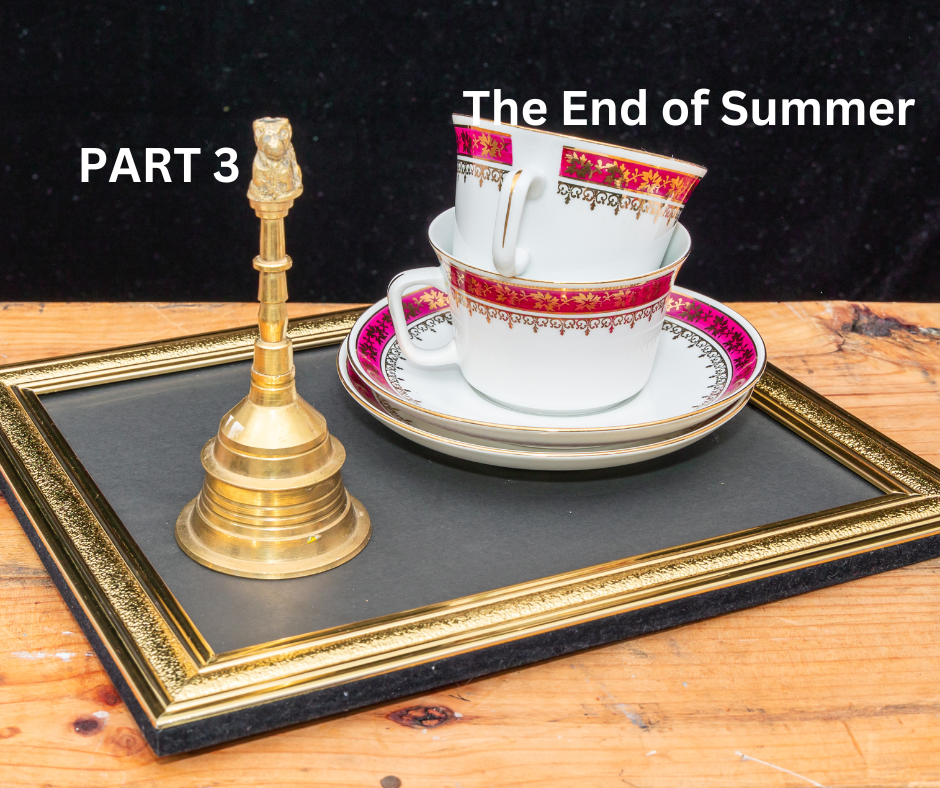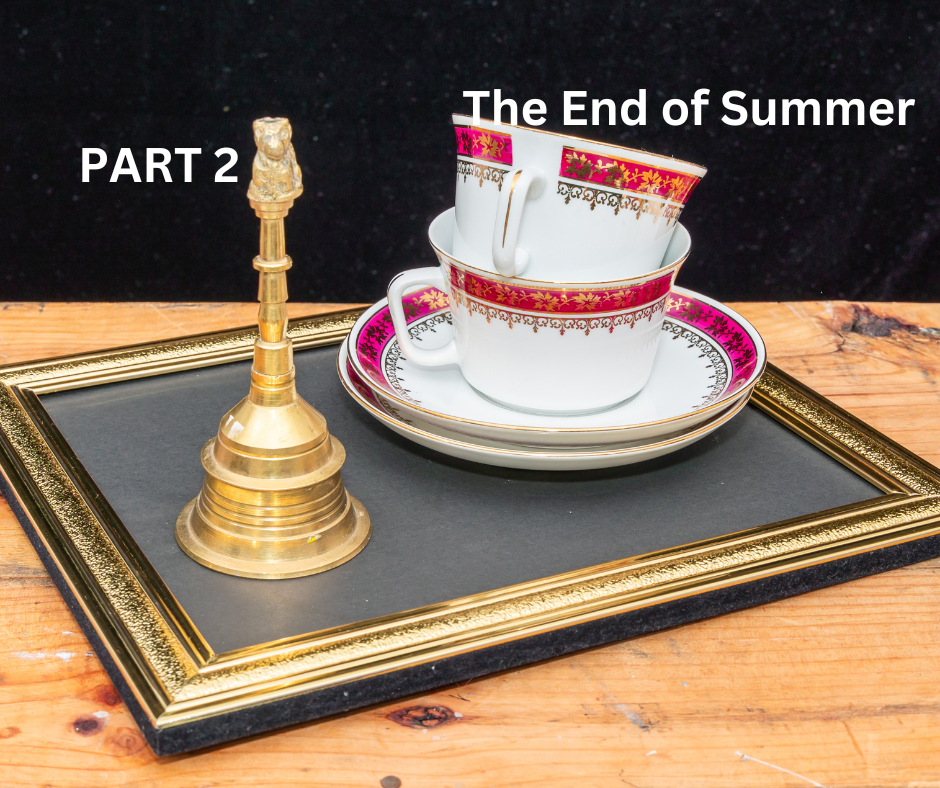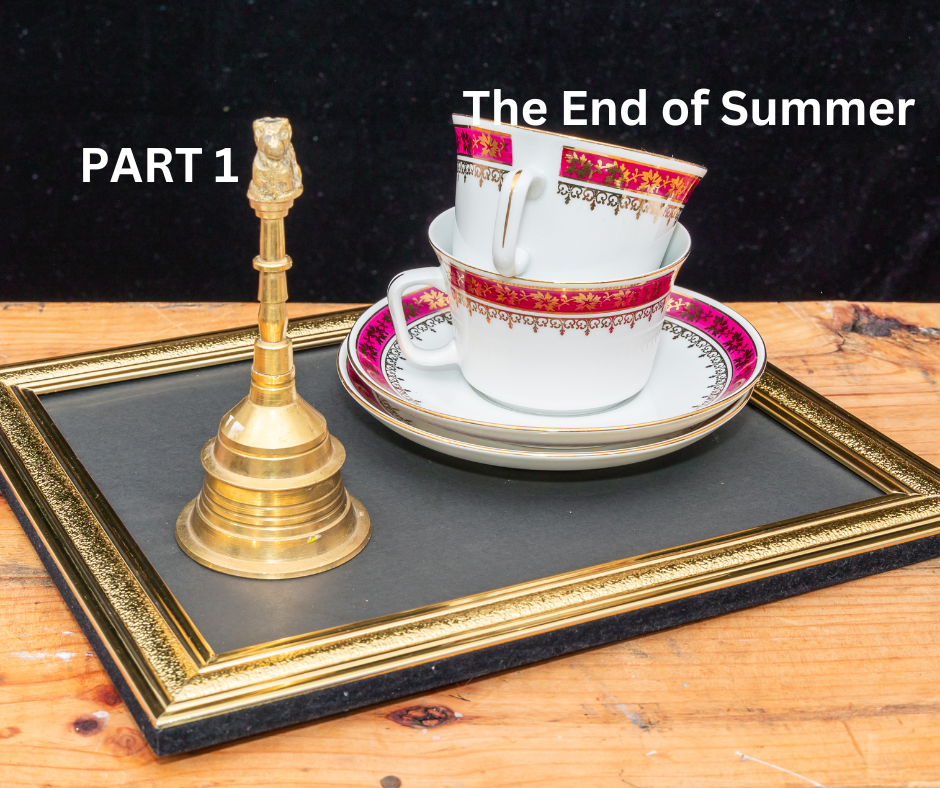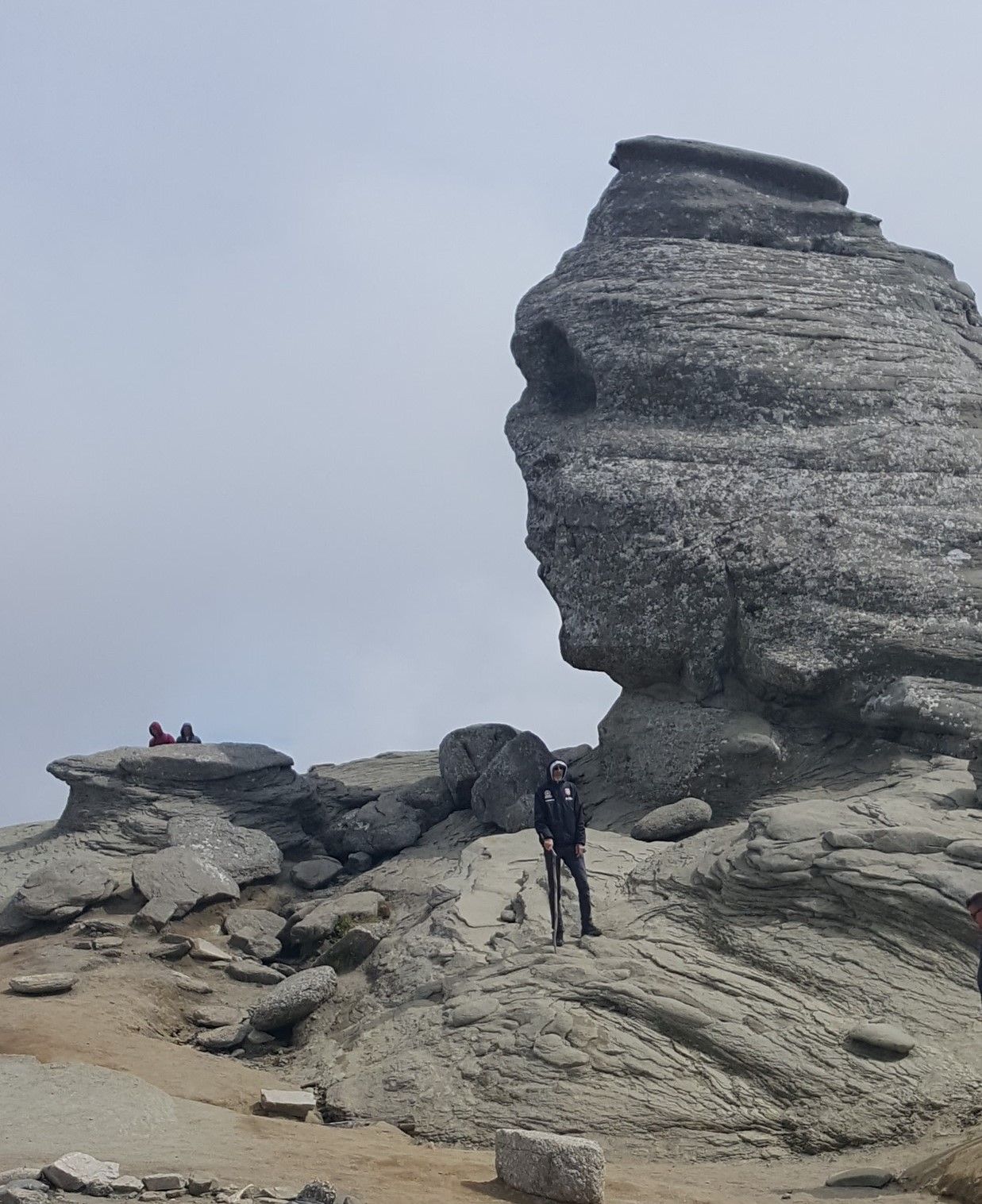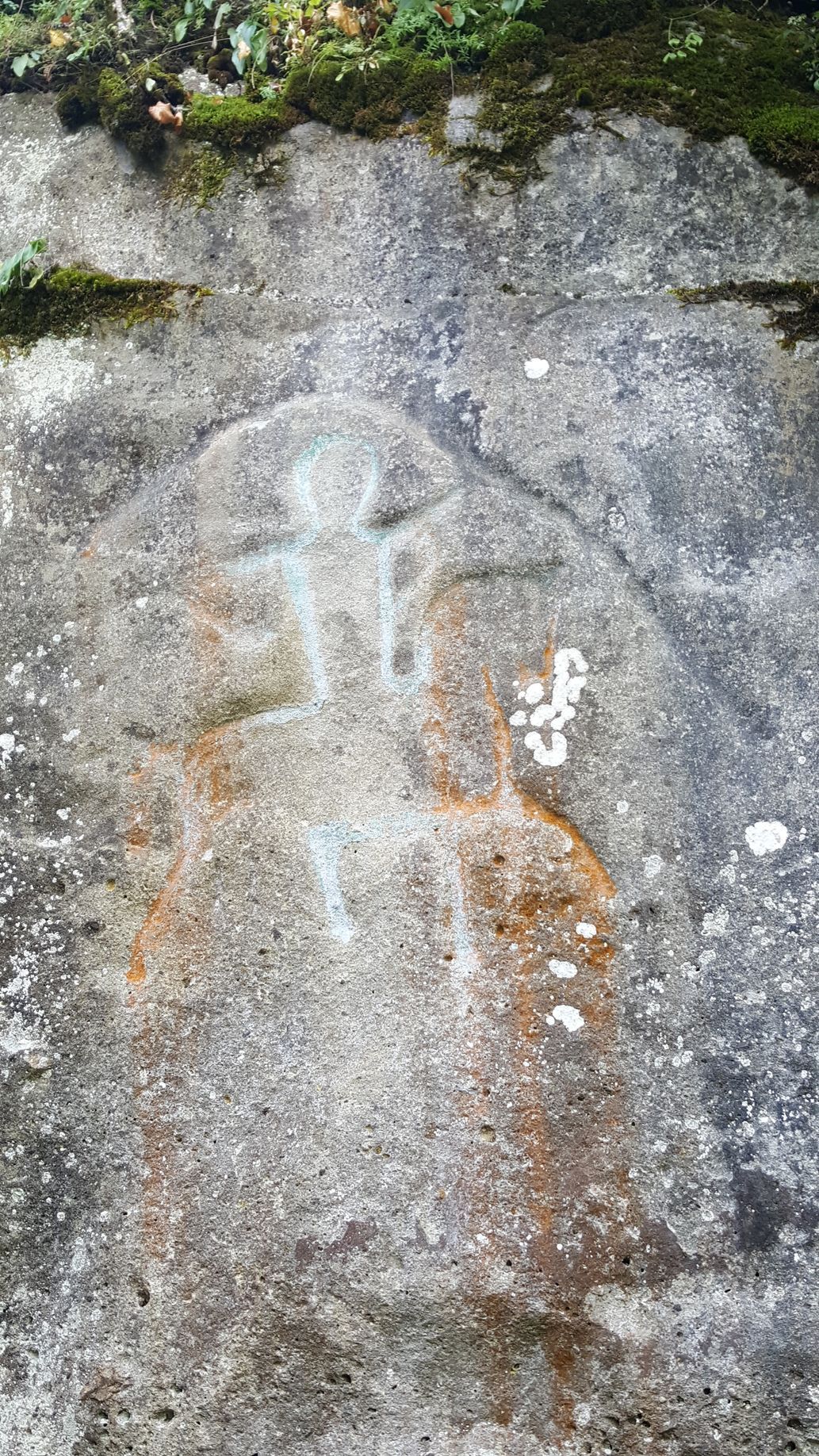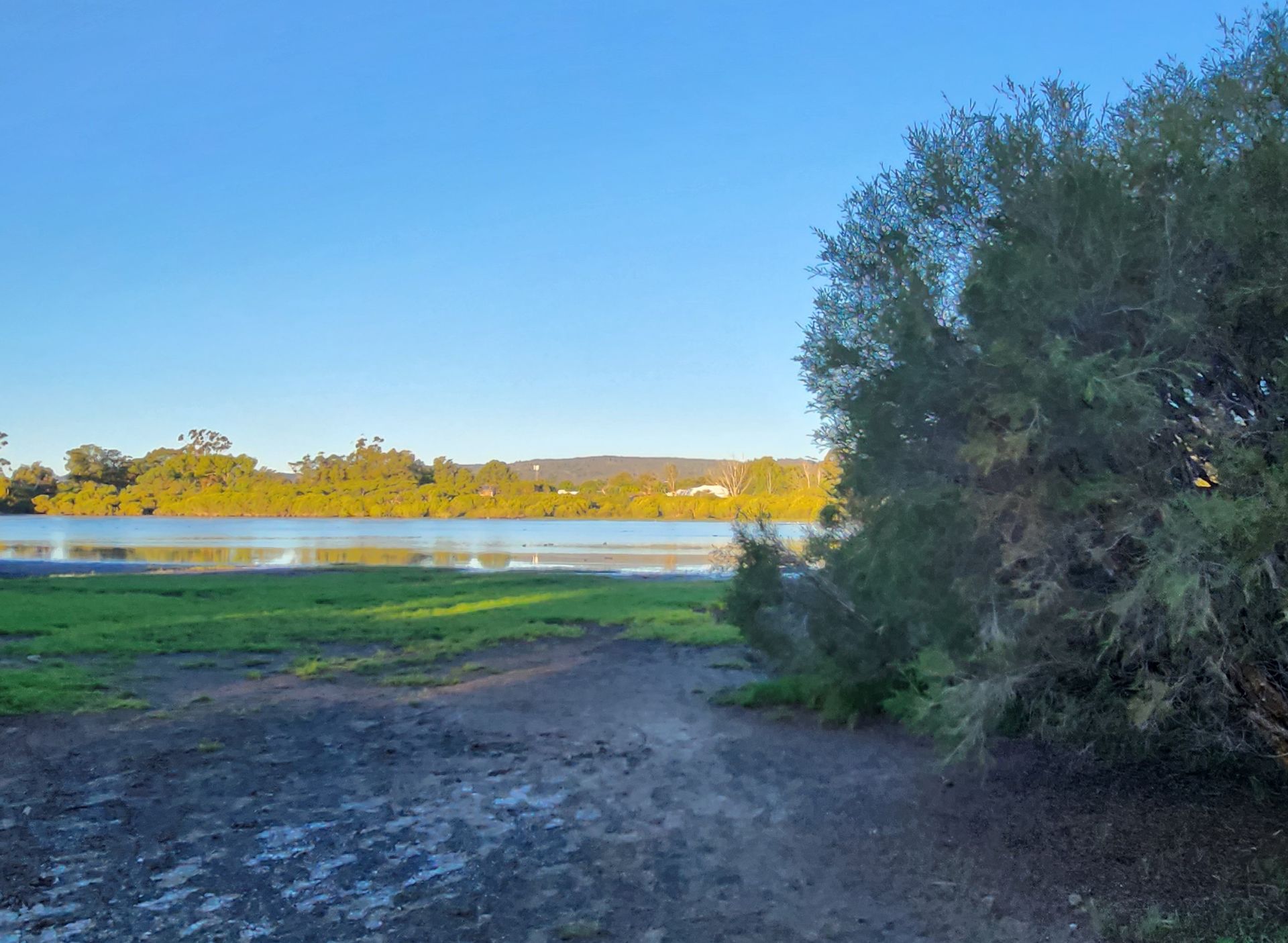Is it 'yoga sport' or Meditation ? - Practice the connection between your mind and your body
Recently I was asked if as a yoga instructor I do the ‘yoga sport’ or also meditation.
The quotation marks are mine because I do not want to use the ‘sport’ wording otherwise.
Yes, this was the exact expression used: ‘yoga sport’. I was confused and not quite sure if the person was asking me seriously or she was mocking me, so I asked, ‘what do you mean by yoga sport?’.
She explained to me that she really wanted to do mediation and not the ‘yoga exercises that they do when they meet in a group in a hall and do various exercises on repeat’.
OK, I thought, where should I start explaining what is yoga and about meditation and their connection with the ‘yoga sport’?
And yes, she was serious in her question and that made me realise how little people know about yoga and how easy they define, they label, and they express opinions about yoga.
That should not surprise me, though - the classification of yoga, I mean.
It is quite common and a human trait to jump to conclusions, especially when you don’t have all the facts. Yoga is something relatively new, that only in the recent decade started to gain some interest. And people, unless they have practiced it, still only see yoga as either religion or a sport.
I was shocked, and a bit hurt by the mundane and incorrect definition and probably I showed my feelings on my face.
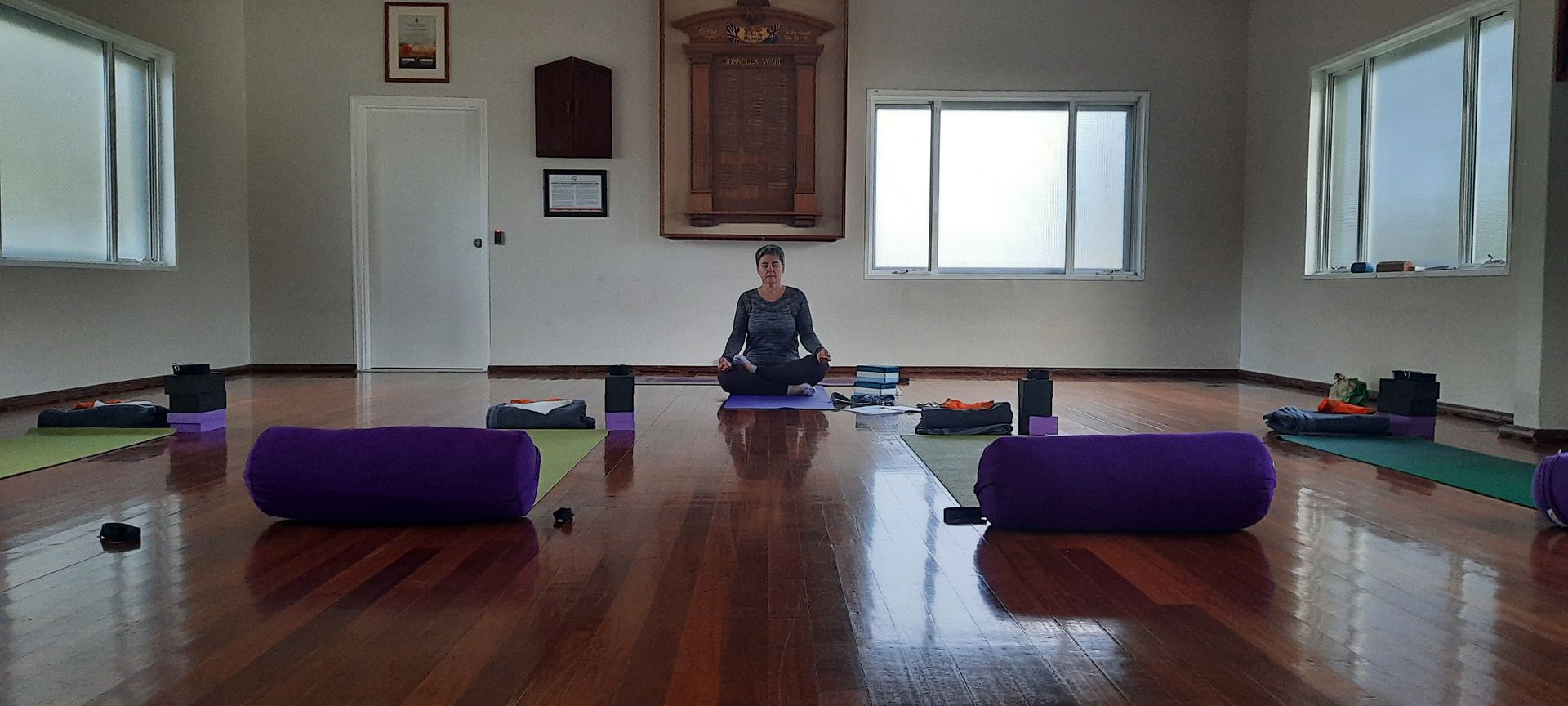
Quickly I reminded myself that THIS is part of being a yoga teacher.
I did not want to hurt her feelings by being too abrupt or rash, so I took a deep breath in and exhaled slowly, winning some time to gather my words for a calm and clear answer.
I was lucky enough to have this conversation with someone who was ready to listen and eager to accept my explanation. We talked for quite a while, maybe longer than an hour, and I loved every second of it. I could see her eyes watching me, as she was taking in my words. She did not speak, she did not interrupt. I even noticed rolling her shoulders and straightening her back when I explained about alignment. I knew she was taking notes mentally.
In very few words, the so-called ‘yoga sport’ is a ’practice’ which can include meditation, breathing exercise, and the practice of postures. The best case is for all three elements to be included for an all-round practice. Hatha yoga is the practice of asanas or postures, and pranayama is the practice of breathing. It doesn’t matter if you are a beginner or unfit, or if you’ve practiced yoga before or not; anybody can practice yoga. You don’t have to be perfect at it, you don’t have to be bendy or flexible, and you can still benefit from it.
I usually like to include in my class a few minutes of meditation and a few minutes of breathing exercises, followed by the practice of asanas which are still infused with mindfulness of breathing and awareness of alignment.
We can talk about this for hours, but right now I will talk about meditation, because that’s what my acquaintance was interested in.
There is this misconception that you can meditate only if someone guides you ...
or tells you what to do; that meditation is a transcending from a place to another, moving into space, emptying of brain, lifting of spirit and many other fancy, complex ideas and definitions, which I personally don’t agree with.
Having tried it myself, I can speak from experience.
I had the same impression many years back, when I believed it’s hard to meditate. When I studied to become a yoga instructor, I slowly understood the meaning of meditation beyond definitions.
You can meditate in any posture: seated on the mat or on a chair, or in a seated position with a gentle forward fold, or standing, or with the back supported against a wall, or even lying on your back like in savasana. Whatever you feel that your body wants to do, as long as your spine is straight (remember your lungs are behind it) and you control your breathing and your thoughts.
I was teaching for almost a year before I realised that I could settle in and meditate. Before that I was not able because I had built it up in my head as this impossible goal to achieve, so I kept delaying it.
I learnt to meditate together with my students. By guiding them I guided myself. By pushing them, I pushed myself. By asking them questions, I asked myself the same questions. And in the end, I had a big grin on my face as I learnt to travel inside my own body and find the place of peace and quiet.
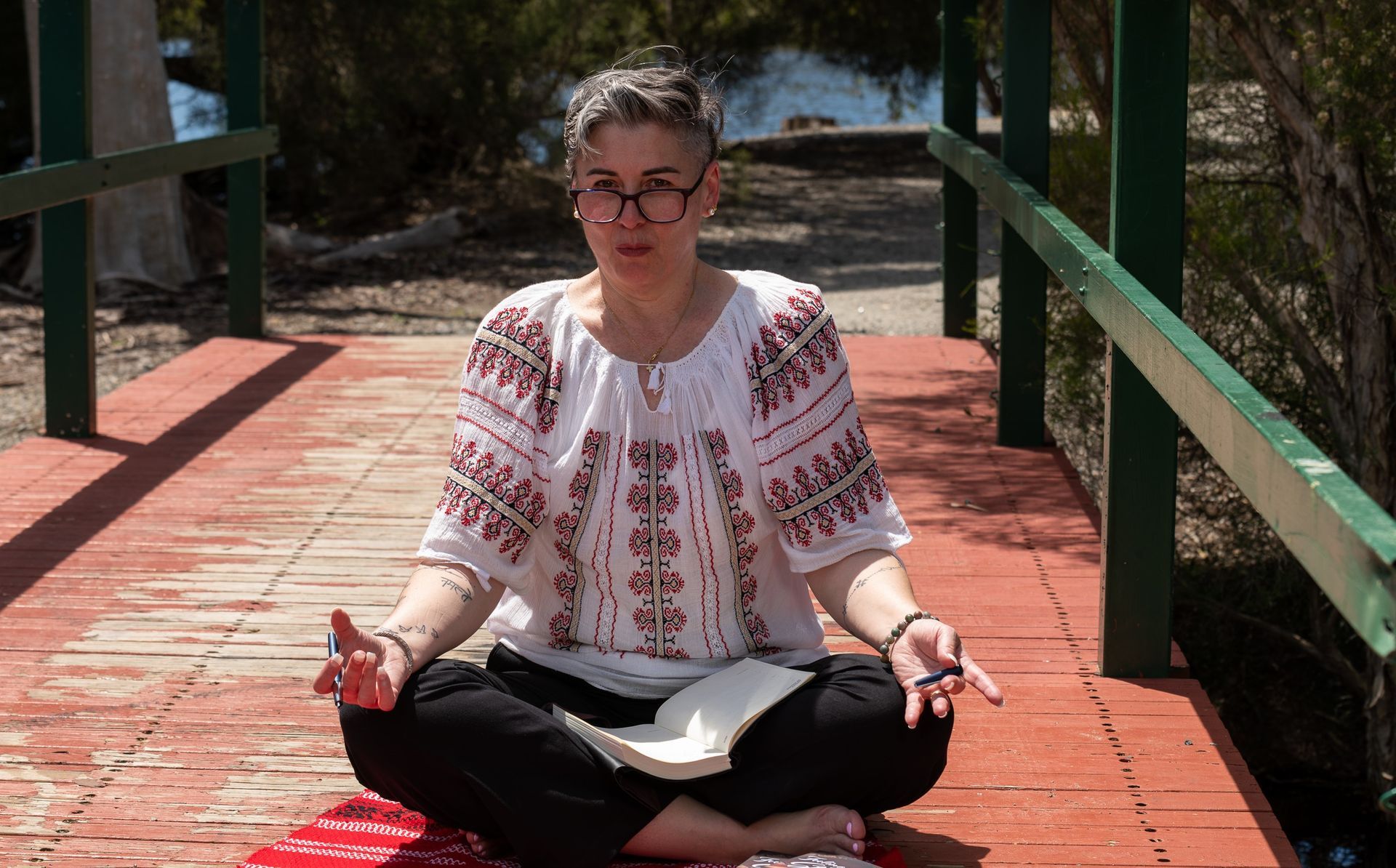
I reached a simple conclusion, which I explained to my very good listener – meditation is simply a way to control your mind, and not by pushing it to lift objects in the air, but by telling your mind what to think about.
By controlling your thoughts, you mediate.
Whether that is simply your mind travelling inside your body and investigating what you feel in each of your parts and where are your sore bits, whether your mind is following your breath travelling in and out, whether your mind is focusing on the smells and noises around you, whether you visualise having a stroll on the beach and the heat of the sun on your skin and the cool breeze on your face – whatever you do, as long as it is YOU are the one telling YOUR mind what to think about.
Because it is then that you make a connection between your mind and your body.
You create your own narrative of your mind – that means you are meditating!
Certainly, you may notice in the process that you won’t have the time to think about the blunder you made a day before, nor to worry about the next day. That means you acquired a relaxed and stress-free mind.
Isn’t this what we all want? You stay in the absolute present, and it is all yours. Quiet, relaxed, simple and unique.
There are a few things to consider in preparation for the moment when you want to meditate.
First, find a quiet place. Second, sit comfortably and yet aware that your sitting bones are both in contact with the floor or chair, your back and spine are straight. Third, find a slow and long soothing breath.
In time you can learn some controlled breathing, like counting to five (or longer) for each inhale and same for each exhale, or learning the belly breathing when you actually focus on each inhale and exhale to lift and reduce your belly by control of the diaphragm. There are many more breathing techniques, and if you have any questions about this or you need any help, don’t hesitate to contact me, I will gladly help.
Your eyes should be closed, or – if that doesn’t work for you – slightly open them have your gaze aimed downwards. You can also place a lit candle in front of you and focus on the flame.
Prepare your moment and place and allow your body to sink in it and enjoy it.
You may find out that you cannot stay motionless. You keep twitching, fidgeting, you have an itch and a scratch, suddenly your body explodes in discomfort and annoyance. You cannot focus the first time you try. Fine, stop doing it. You cannot focus even the second time or the third. The secret is not to give up. Try again and again, prepare your space, make sure you are warm enough, think about the reason you are fidgeting – find that important awareness - and focus on the breathing mindfulness, and slowly it will come to you.
Each time will be better, you must trust this.
There will be a moment when you open your eyes and realise that actually, for five minutes there, you were in your own mind and only for yourself.
And that moment my dear yogi, is when you meditate.
I promise it will come to you!
And coming back to my acquaintance, after discussing the ways to achieve meditation, at the end, I asked her, “Do you think you can try to meditate now, without participating in the ‘yoga sport’?”
She nodded happily.
And I was happy too.
New Paragraph
Share this post with friends and family
